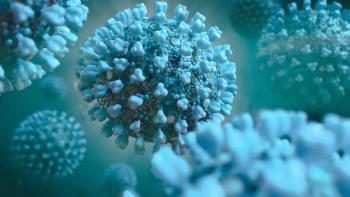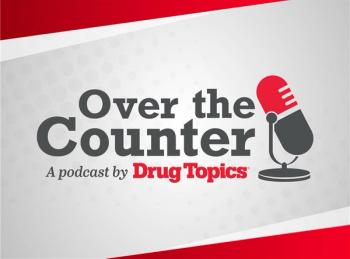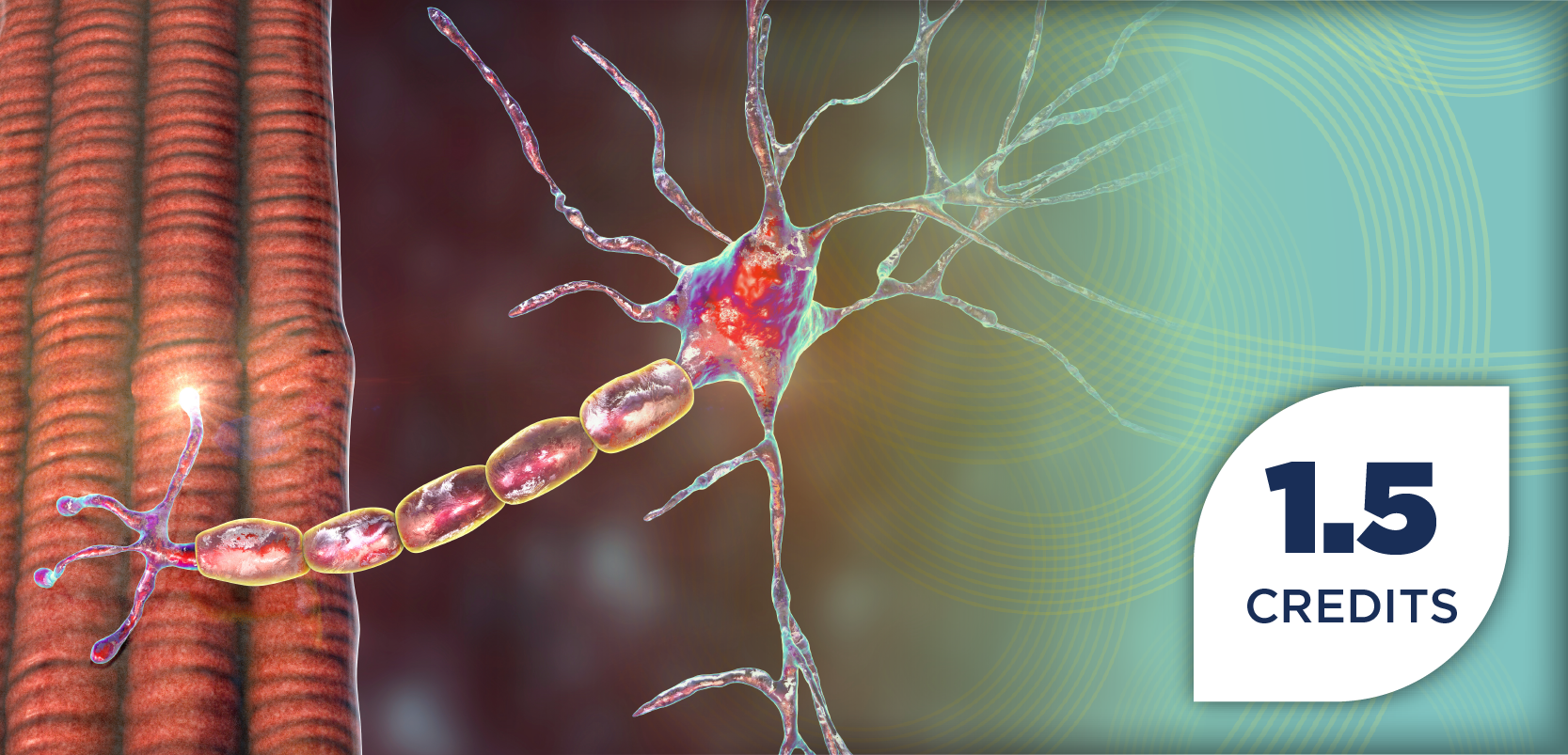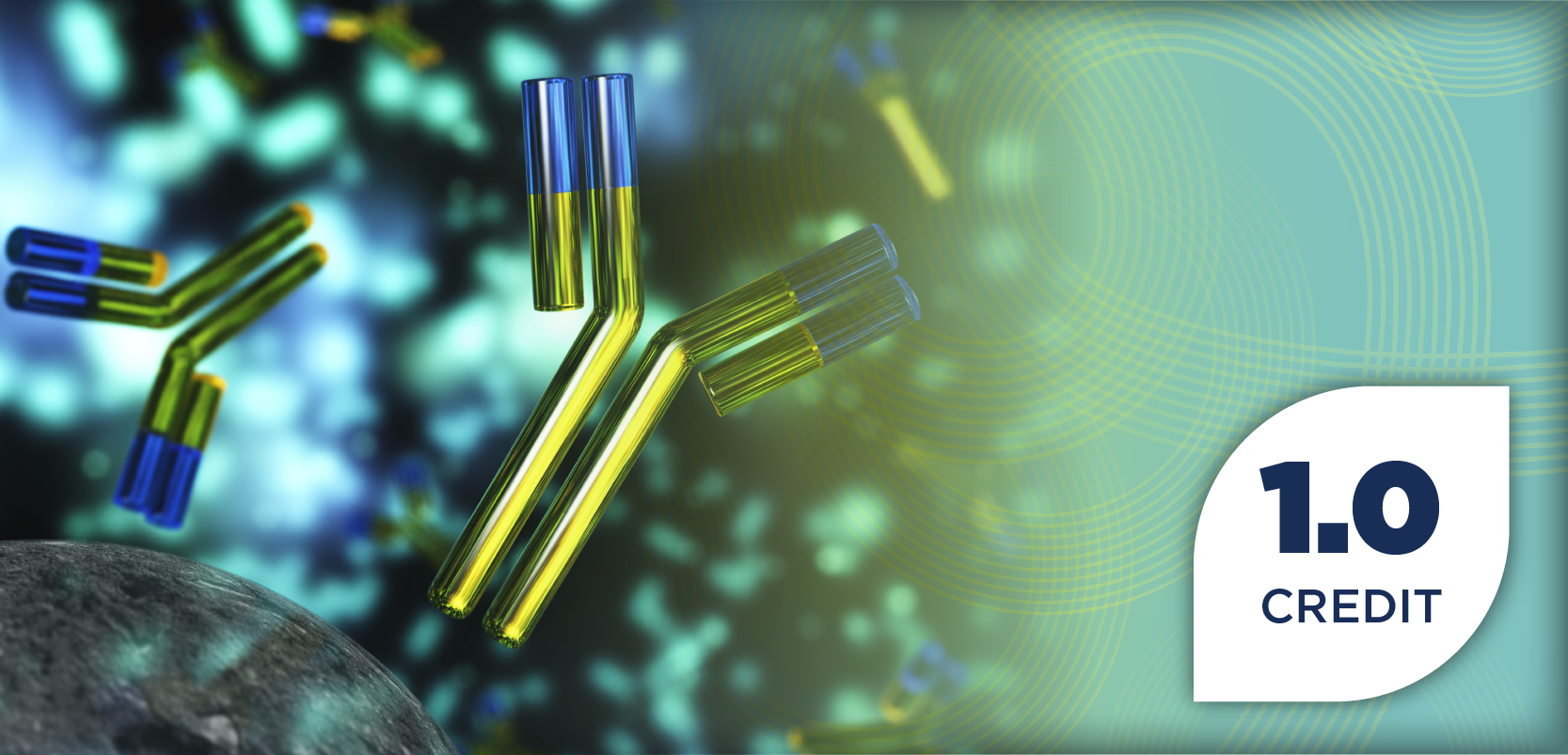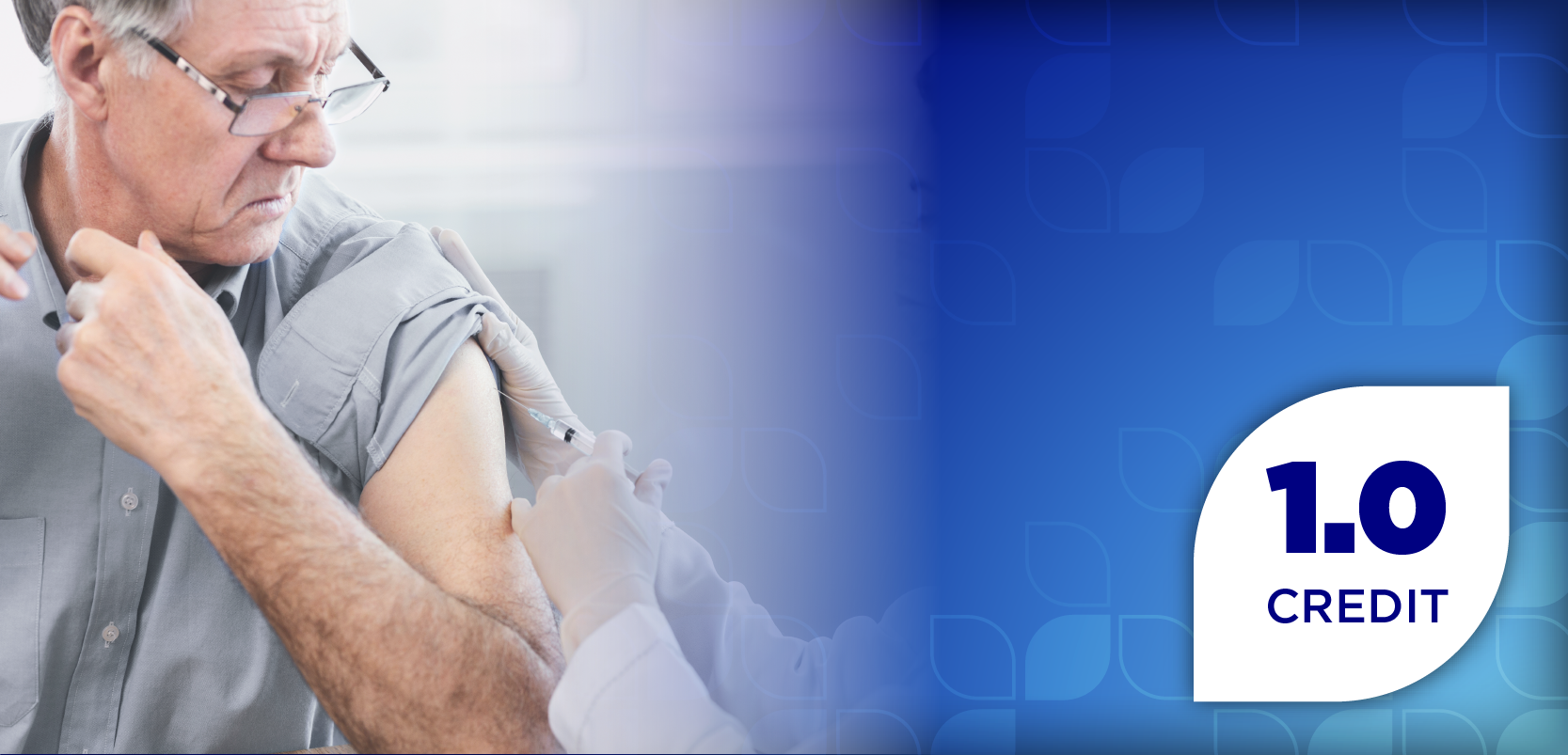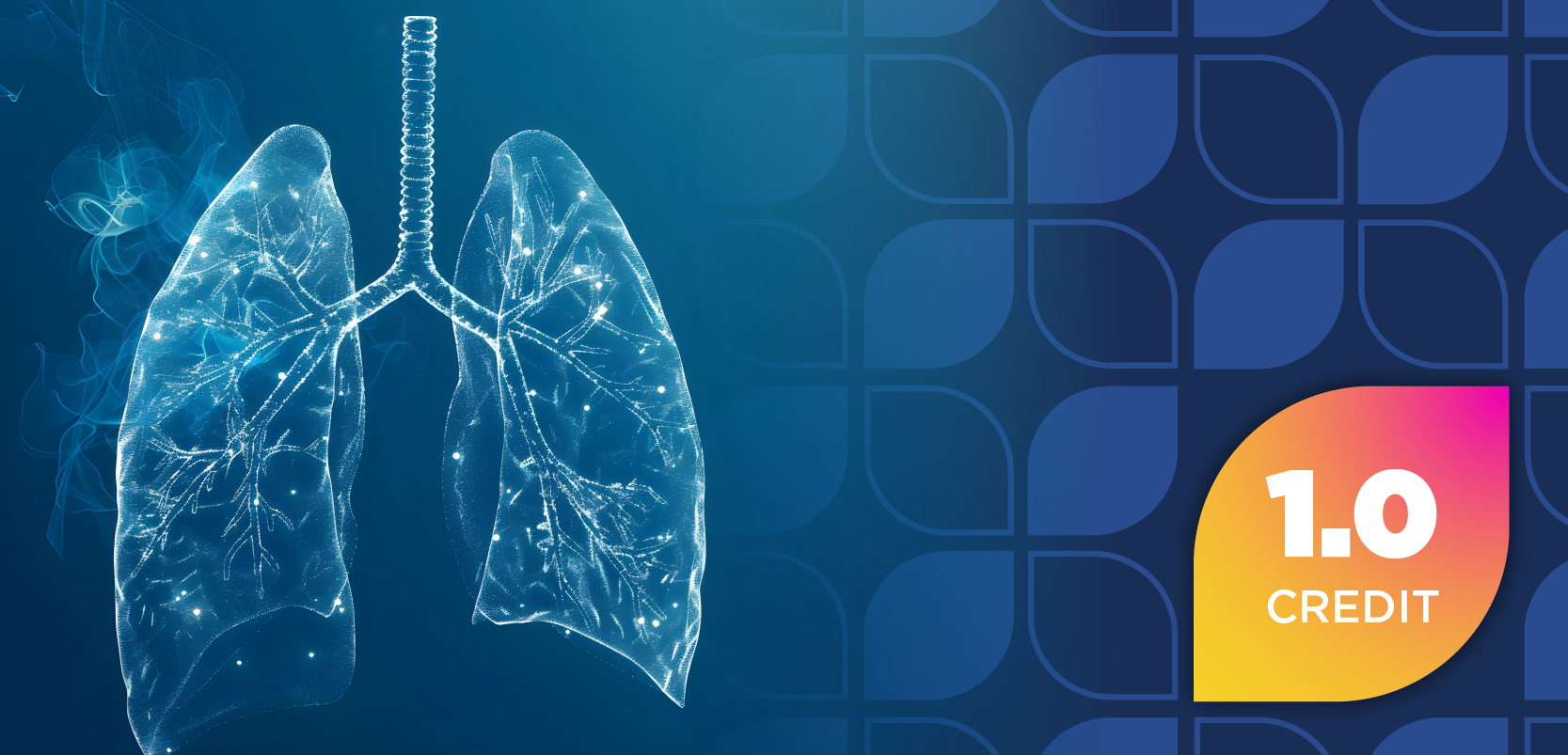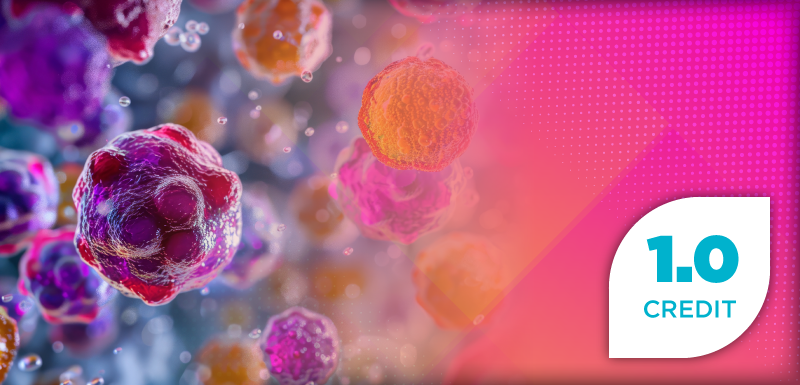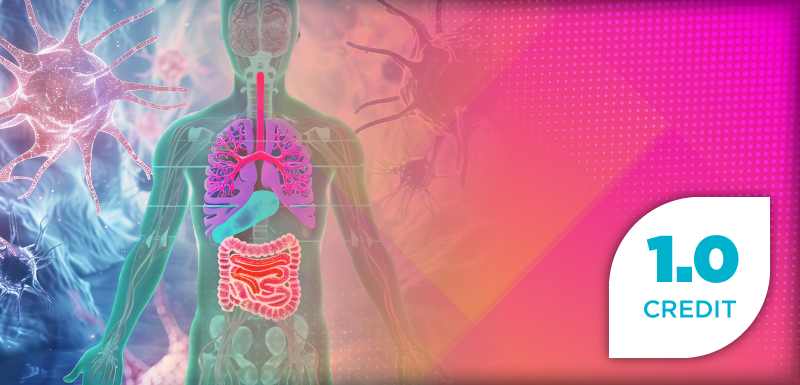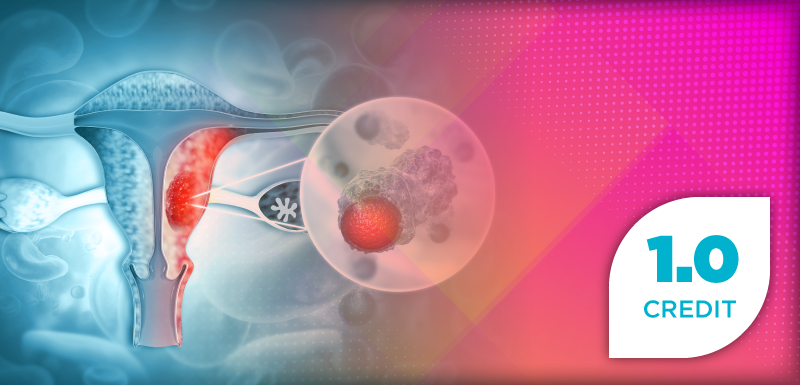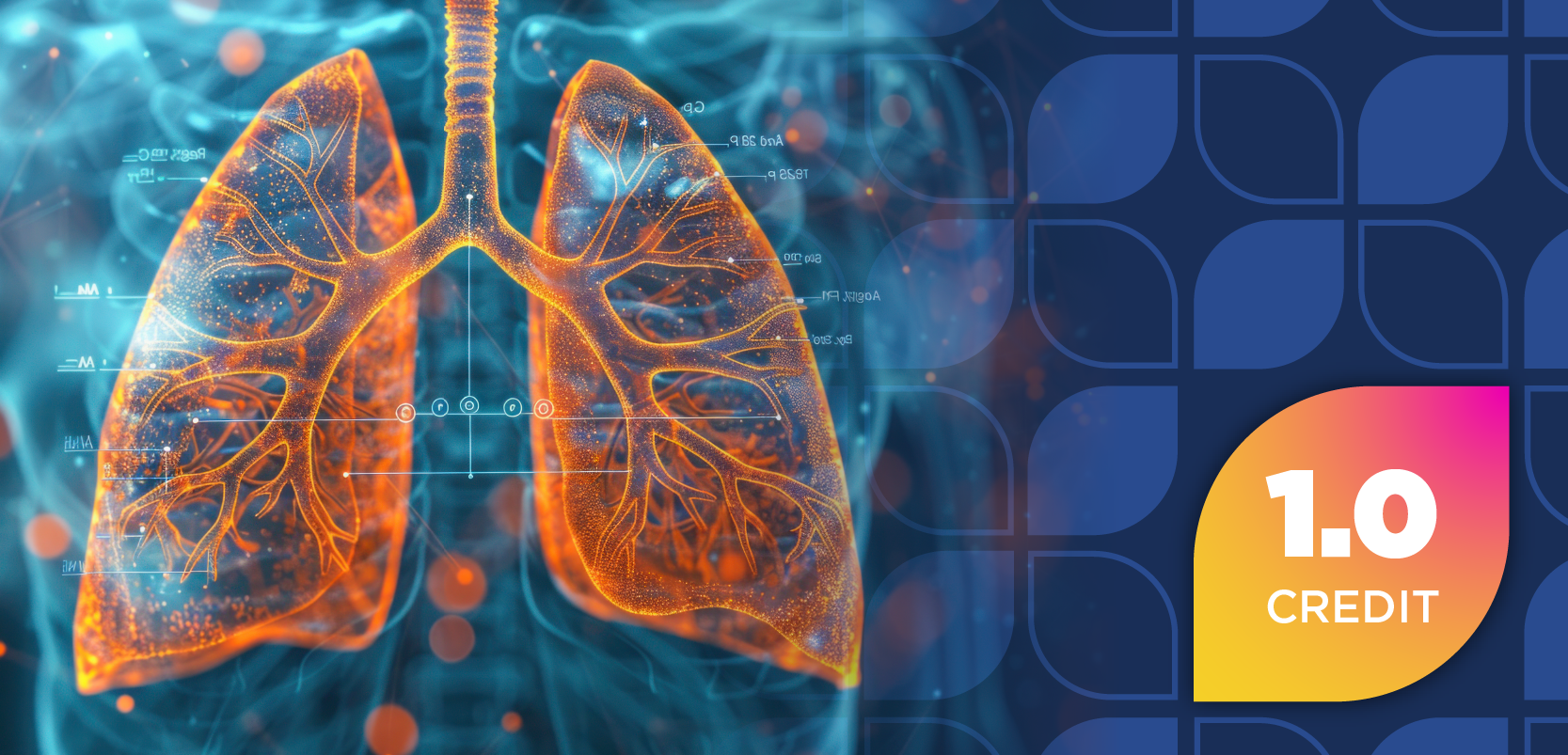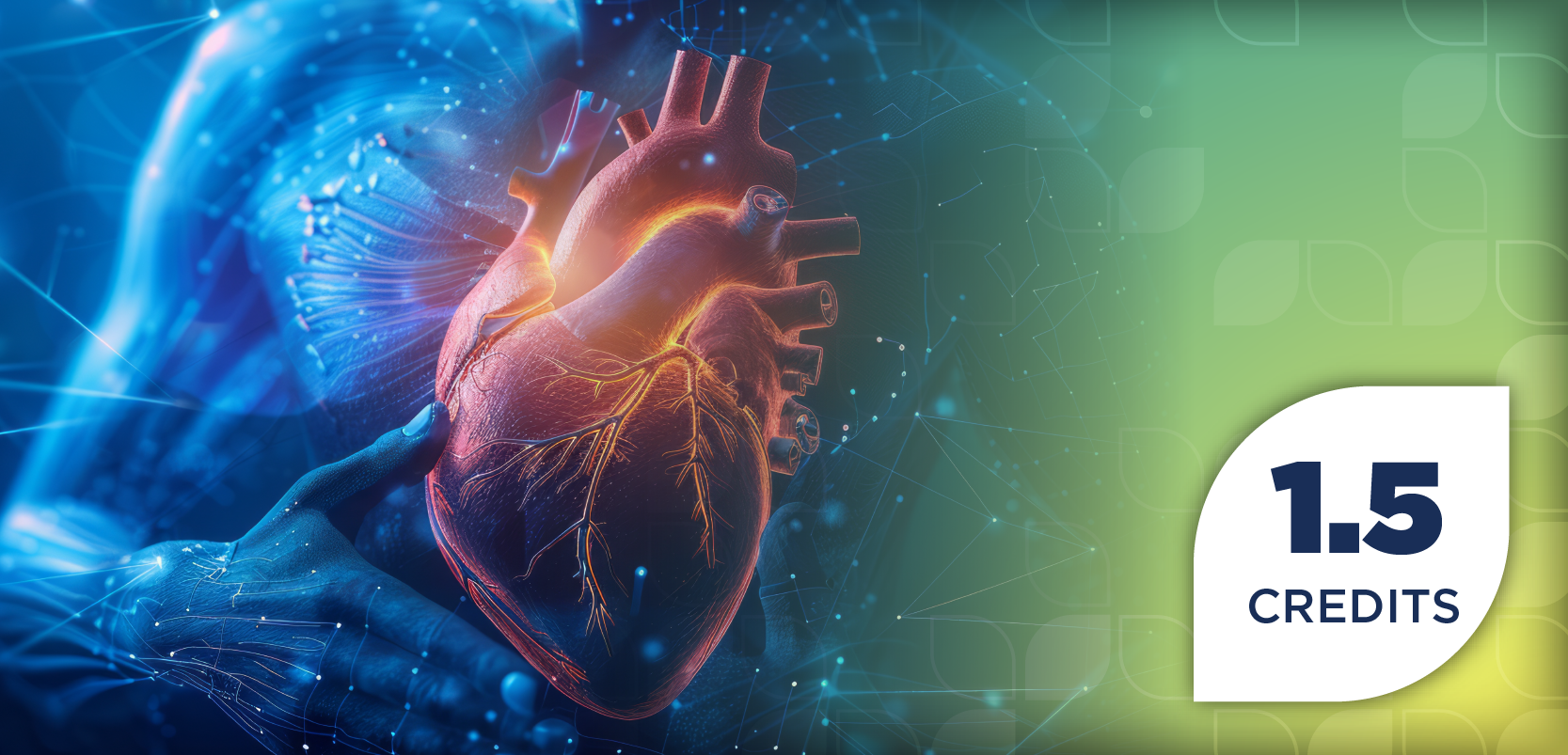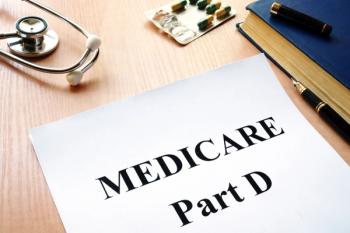
Neuroactive Steroid Levels May Indicate Risk of Postpartum Depression
Identifying women who are at risk for postpartum depression sooner can lead to quicker and possibly preventative treatment.
Investigators believe they found a way to identify women with postpartum depression, leading to quicker and possibly preventative treatment. Pregnant women have characteristic levels of neuroactive steroid (NAS) in their blood, which can signal the risk of developing postpartum depression, according to the data from the University of Virginia School of Medicine and Weill Cornell Medicine.1
“Studying postpartum depression gives us a way to identify biological changes that occur before someone becomes depressed because the timing of postpartum depression is predictable,” Jennifer Payne, MD, an expert in reproductive psychiatry at the University of Virginia Health and the University of Virginia School of Medicine, said in a release.1
Postpartum depression is a long-lasting form of depression and can sometimes start during pregnancy and continue after childbirth. It is categorized as intense and could affect a patient’s ability to care for the newborn and other daily tasks. Symptoms can include depressed mood or severe mood swings, crying too much, difficulty bonding with the infant, loss of appetite or overeating, intense irritability and anger, hopelessness, severe anxiety, and panic attacks.2
There are many treatment options, including antianxiety or antidepressant medication, psychotherapy, and support groups. Pharmacologic treatments can include selective serotonin reuptake inhibitors, serotonin and norepinephrine reuptake inhibitors, bupropion, and tricyclic antidepressants. Medication can transfer to the infant during breastfeeding, but the transfer levels are generally low, according to the Cleveland Clinic. However, a patient should consult with a health care provider when breastfeeding. Currently, postpartum depression cannot be prevented.3
Investigators of the study published in Neuropsychopharmacology aimed to determine the association between NAS levels and ratios during pregnancy and the development of depressive symptoms with postpartum onset. Investigators measured NAS levels and psychological scales of individuals with and without mood disorders at up to 8 visits across pregnancy and postpartum. There were 136 women included, with the levels being measured during their second and third trimesters.1,4
Of the 136 patients, 33 developed postpartum depression after giving birth. Investigators identified 2 NAS that affected the development of postpartum depression—pregnanolone, known to reduce stress, and isoallopregnanolone, known to increase stress. Patients that had a 1-unit increase in pregnanolone/isoallopregnanolone ratio at the third trimester had higher odds of developing postpartum depression, and those that had a 1-unit increase in pregnanolone/progesterone ratio in trimester 3 had lower odds of development. However, investigators also found that those with a 1-unit increase in progesterone level at the third trimester had higher odds of developing postpartum depression.4
Investigators plan on replicating their findings in a larger and more diverse group of women in order to develop a test to predict the risk of postpartum depression. Further, they hope brexanolone (Zulresso) and zuranolone (Zurzuvae) could work as preventative treatments. Both drugs already treat postpartum depression.1
“We don’t know if these drugs would work as a preventive measure for people who are at risk of developing postpartum depression, but based on our findings, they have the potential to prevent [its] development,” Lauren Osborne, MD, from Weill Cornell, said in the release.1
READ MORE:
Are you ready to elevate your pharmacy practice? Sign up today for our
REFERENCES
1. Postpartum depression discovery opens door to blood test, earlier treatment. News release. University of Virginia Health System. February 13, 2025. Accessed February 14, 2025. https://www.eurekalert.org/news-releases/1073367
2. Mayo Clinic. Postpartum depression. November 24, 2022. Accessed February 14, 2025. https://www.mayoclinic.org/diseases-conditions/postpartum-depression/symptoms-causes/syc-2
3. Cleveland Clinic. Postpartum depression. Updated April 12, 2022. Accessed February 14, 2025. https://my.clevelandclinic.org/health/diseases/9312-postpartum-depression
4. Osborne LM, Etyemez S, Pinna G, et al. Neuroactive steroid biosynthesis during pregnancy predicts future postpartum depression: a role for the 3α and/or 3β-HSD neurosteroidogenic enzymes?. Neuropsychopharmacology. Published online January 30, 2025. doi:10.1038/s41386-025-02052-z
Newsletter
Pharmacy practice is always changing. Stay ahead of the curve with the Drug Topics newsletter and get the latest drug information, industry trends, and patient care tips.



